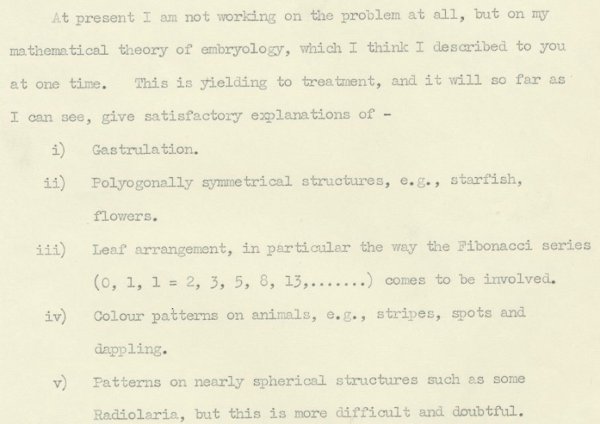posted by @ulaulaman about #neutrinos #BrunoPontecorvo #EttoreMajorana
Neutrinos are the most elusive elementary particles in the whole zoo. The reasons are simple: first of all neutrinos don't have electric charge, so physicists cannot use electromagnetic experiments in order to detect them, and they must design indirect measures; furthermore they interact with other particles only with weak interaction. At the other hand, neutrino is, in Standard Model, massless, while from an experimental point of view, he has a really small mass: at the beginning of 2000,
Mainz and
Troitsk experiment measured a maximum value at 2.2 eV, that is about 4 milion less that the electron mass!
 Carlo Franzinetti (left) and Bruno Pontecorvo (Right)
Carlo Franzinetti (left) and Bruno Pontecorvo (Right)
The idea of neutrino's mass is dued by
Bruno Pontecorvo that introduced in 1957 the so called neutrino's oscillations
(1, 2): in this model is expected the existence of three type of neutrinos that, combining with each other, giving rise to neutrinos usually observed in experiments. The thoery was further developed in 1962 by
Ziro Maki,
Masami Nakagawa and
Shoici Sakata(3):
\[\begin{pmatrix} \nu_e \\ \nu_\mu \\ \nu_\tau \end{pmatrix} = \begin{pmatrix} U_{e_1} & U_{e_2} & U_{e_3} \\ U_{\mu_1} & U_{\mu_2} & U_{\mu_3} \\ U_{\tau_1} & U_{\tau_2} & U_{\tau_3} \end{pmatrix} \begin{pmatrix} \nu_1 \\ \nu_2 \\ \nu_3 \end{pmatrix}\]
where $e$, $\mu$, $\tau$ indicate the three different leptons (electron, muon and tau), $\nu$ are neutrinos, with $\nu_i$, where $i = 1,2,3$, the fundamental neutrinos.
But, if the
Pontecorvo–Maki–Nakagawa–Sakata matrix describes neutrinos' oscillations, we could describe the neutrino also using a particular equation: the
Majorana equation(4):
\[i \gamma^\mu \partial_\mu \psi - m \psi_c = 0\]
where
\[\psi_c = \gamma^2 \psi^*\]
is the so called conjugated charge.
Now, if a wave function $\psi$ respects the Majorana equation, then $m$ is called
Majorana mass; if $\psi$ coincides with $\psi_c$, then $\psi$ is said
Majorana spinor; finally, if there is a particle that can be described with the Majorana equation, then this is called a
Majorana particle, i.e. a particle that coincides with its antiparticle. The leading candidate to be a Majorana particle is, look at the case, the neutrino, whose mass is probably not so important with regard to the ultimate fate of the universe. In fact, the astronomical data suggest a flat universe, where flat universe means a substantial balance between gravitational attraction and expansion of spacetime.
Conclusion: the importance of neutrino oscillations are related to the property to possess a mass: experiments confirmed that property, owned by all three neutrinos in the game. The astronomical data, however, assign this property a minor role for the ultimate fate of the universe, while its mass shows instead of the Standard Model, at present, still does not understand much of the physics of our universe. Among the facts not included in the Standard Model are the Majorana particles: in particular, the neutrino could be one of them and if this is confirmed, then we would have a great step in order to know the symmetry breaking between matter and antimatter.










